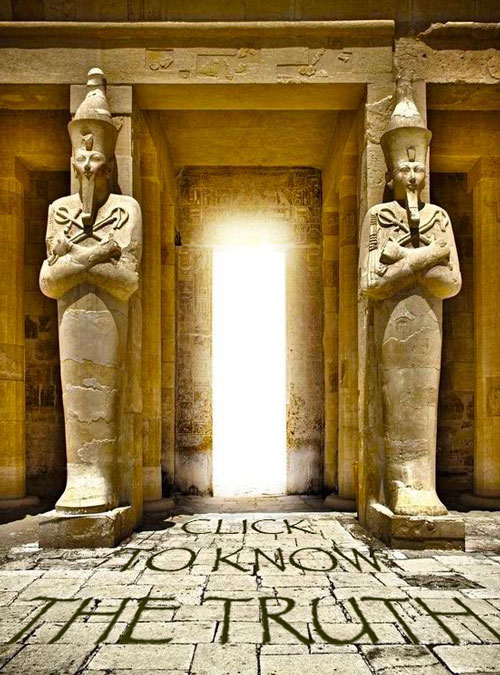Top of the World
Certain naturally occurring shapes and forms are mysteriously pleasing to the human eye. Examples are the graceful swirl of a nautilus shell, the crystalline structures of the mineral kingdom, and the remarkable patterns found in snowflakes and flowers.

Sacred geometry is a representation of the fabric of space and time. It is beyond religion and doctrine, yet many of its principles have been adopted by different faiths in their architecture and art. Through the centuries, architects around the world have used certain geometric ratios to build their temples, monuments and cathedrals—intended as symbolic models of the universe.
Sacred geometry merges the tangible aspects of creation with the intangible essence behind them. It is the meeting of the manifest and the unmanifest, the finite and the infinite, the profane and the profound. Sacred geometry has played an integral role in the philosophy, architecture and art of numerous cultures since time began.
We are a microcosmic reflection of the macrocosm. The structure of the human body is based upon the identical principles that are found functioning on all levels of creation. We are the measuring stick of the universe. This principle of interconnectedness, inseparability and union provides us with a continuous reminder of our relationship to the whole, a blueprint from our hearts to the sacred foundation of all things created.

Nature scales in fractal geometries. Among these are the triangle, hexagon, hexagram, circle, square, rectangle, pentagon, pentagram and dodecagram. More simply, though, sacred geometry describes the beauty and harmony of the world in which we live, a fundamental chorus where we add our own melodies.
In this effort toward logical beauty, spiritual formulae are discovered necessary for the deeper penetration into the laws of nature.
—Albert Einstein
